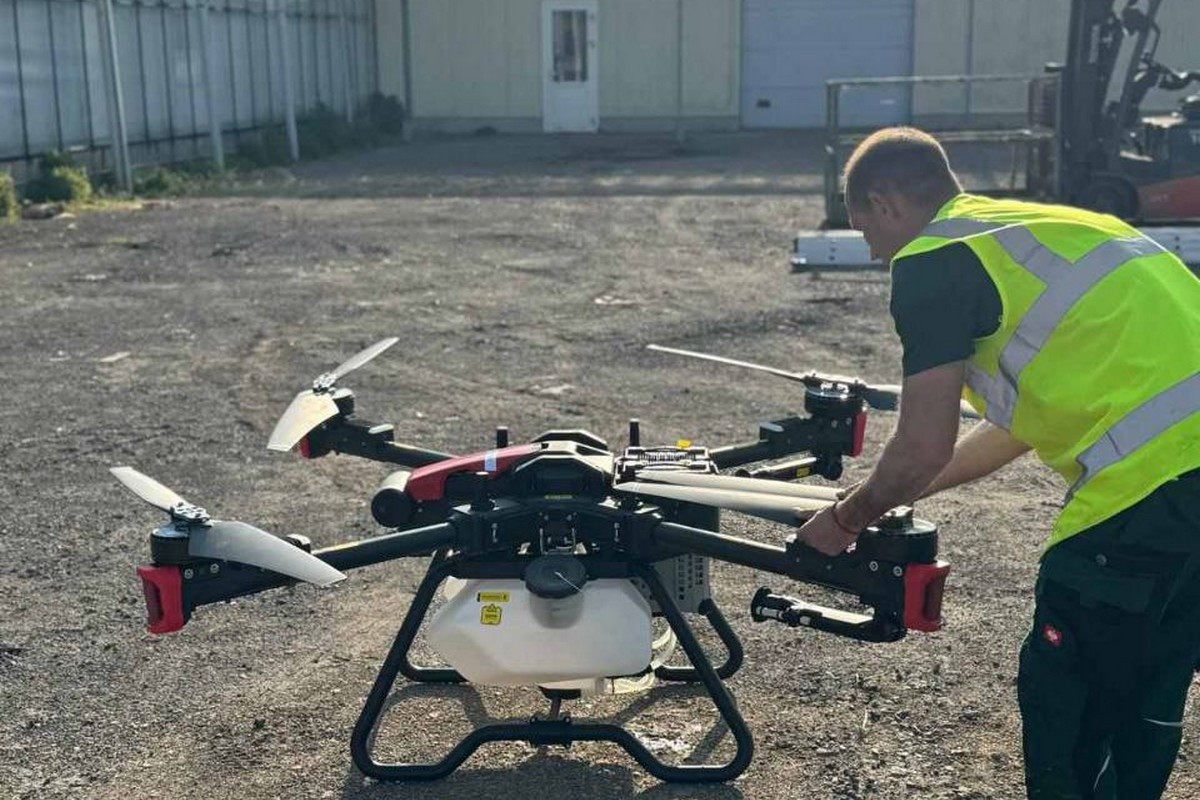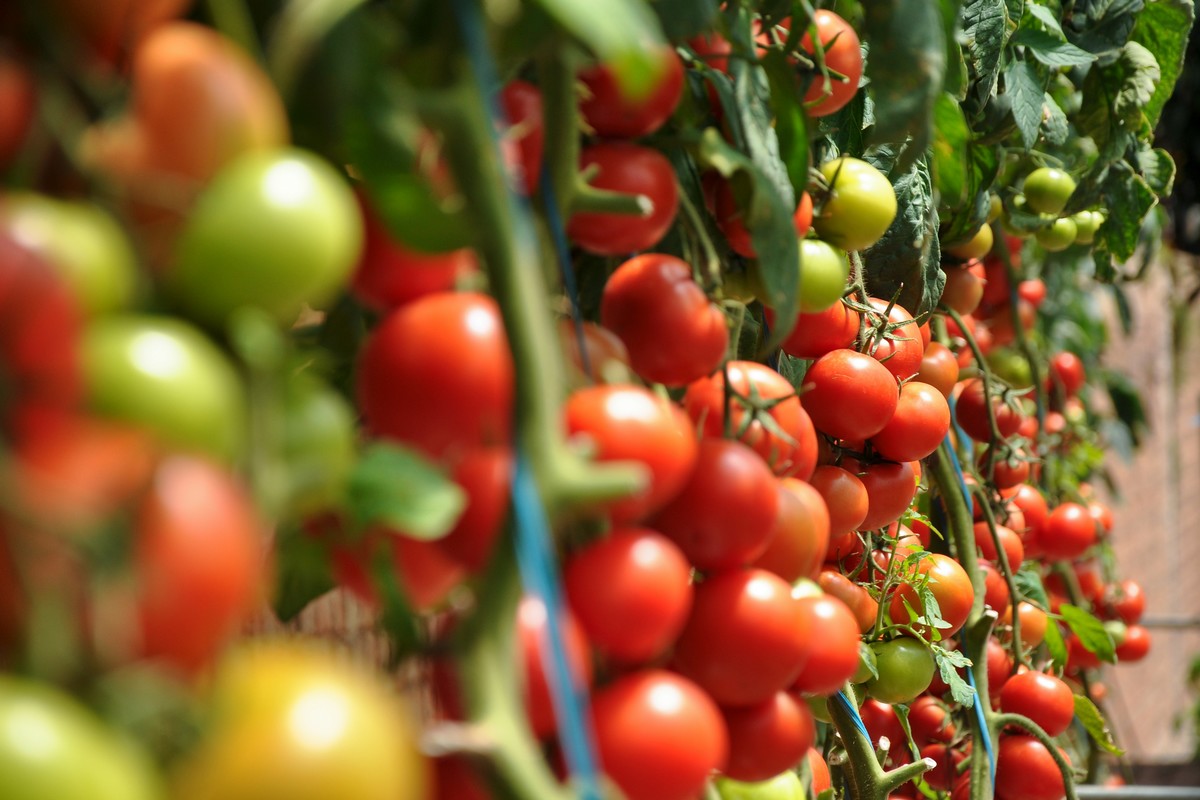
My route to the Oregon Orchid Society show last weekend took me right by the Oregon Stamp Society building, where I saw a sign announcing a show. That got me thinking about all the different things we humans find to engage with. There are stamp people, and railroad people, doll people, scrapbooking people. Quilting is a popular hobby, with that comes collecting fabric. I know folks who make and/or collect miniatures. Cars, guns, and sports memorabilia have their fans. As do coins, comic books and matchbooks. Within the plant realm there are dozens of smaller groups; orchids, begonias, bromeliads, cactus and succulents, and of course ferns—to name a few.
The subject of this post—plants and stamps—combines two of the aforementioned things. Andrew gave me these plant stamps last Christmas. First up a book of Australian stamps…
Oddly, the stamps inside are of values ranging from 1c to 27c. Researching a bit online it looks like these date back to 1982. Current cost to send a letter in Australia is $1.50.
This Australian Banksia stamp is my favorite of the bunch, from what I found online it dates to 1960.
This South African stamp depicting aloes is from 1953.
The rest of the collection are all South African and feature plants drawn by Richard “Dick” Findlay. “
Mr. Findlay began professional life as an architect before swapping protractor for paintbrush. His flora and fauna designs have appeared in numerous prestigious books and periodicals. He has produced over 70 stamp designs, including South West Africa’s acclaimed 1973 Succulents series, South Africa’s 1977 Protea series, and diverse wildlife commemoratives for Lesotho” (
source).
Mimetes cucullatus,
photos here.
Serruria florida, I’ve bought this one at our Portland flower market, it dries wonderfully.
Photos here.
Leucadendron sessile,
photos here.
And finally, the always fabulous Leucadendron argenteum,
photos here.
Beautiful stamps are one of those simple pleasures that anyone can appreciate and learn from. Since we aren’t sending actual physical letters as much these days, when we do they’re extra special.
— — —
To receive alerts of new
danger garden posts by email,
subscribe here. Please note: these are sent from a third party, their annoying ads are beyond my control.
All material © 2009-2025 by Loree L Bohl. Unauthorized reproduction prohibited and just plain rude.



